Insulin
(Specimen Container)
SST (Tiger Top)/Sodium Heparin/ Potassium EDTA/ Sodium EDTA/ Sodium Fluoride
(Transport Temperature)
| Temperature | Period |
|---|---|
| Room temperature | Unacceptable |
| Refrigerated | |
| Frozen | 7 days (-10°C or colder) |
Insulin is a polypeptide hormone (MW 6000) composed of two nonidentical chains, A and B, which are joined by two disulfide bonds. Insulin is formed from a precursor, proinsulin (MW 9000), in the beta cells of the pancreas. In proinsulin, the A and B chains are joined by a connecting peptide, referred to as the C-peptide. Both insulin and C-peptide are stored in secretory granules of the islet cells of the pancreas and are then secreted.
Insulin secretion follows two basic mechanisms, tonic secretion and biphasic secretion. The basal or tonic secretion is independent of stimulation by exogenous glucose but is modulated by the fluctuations in physiological levels of glucose. The biphasic secretion is primarily a direct response from stimulation by exogenous glucose. Stimulation of insulin secretion can be caused by many factors including hyperglycemia, glucagon, amino acids, and by complex mechanisms involving growth hormone or catecholamines. Increased levels of Insulin are found with obesity, Cushing’s Syndrome, oral contraceptives, acromegaly, insulinoma and hyperthyroidism. Decreased levels of insulin are found in overt diabetes mellitus (although this may not be clearly expressed in early stages of the condition) and by part of a complex mechanism involving catecholamines.
“Immunoreactive insulin” (IRI) is a term often used to refer to the component of circulating insulin and insulin-like biological activity which can be measured using antibodies against insulin. Insulinomas may produce various forms of insulin and proinsulin-like material and show total immunoreactive insulin at normal or elevated levels. Since proinsulin and insulin both contain A and B polypeptide chains, there is a possible cross-reactivity with antibodies generated against insulin. This assay shows no cross-reactivity with proinsulin (≤ 0.1% at 106 pg/mL). Another possible interference is brought about by insulin antibodies which develop in patients treated with bovine or porcine insulin.
Immunoassays for insulin have been widely used to provide supplementary information, first, for the diagnosis of diabetes mellitus and, second, for differential diagnosis of fasting hypoglycemia to discriminate between insulinoma and factitious hypoglycemia. In these applications, the ratio of immunoreactive insulin to blood glucose (I/G) may be more valuable than the insulin level alone. Furthermore, a single random blood sample may provide insufficient information due to wide variations in the time responses of insulin levels and blood glucose which are found among individuals and various clinical conditions. Other uses of insulin assays have been suggested by the finding of an increase in risk factors for coronary artery disease among healthy persons with hyperinsulinemia and normal glucose tolerance.
2.6 – 24.9 uIU/mL

